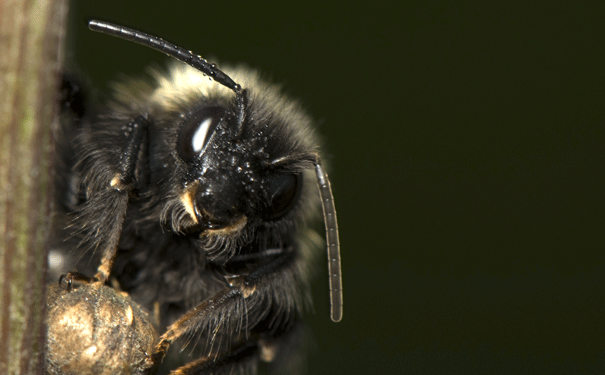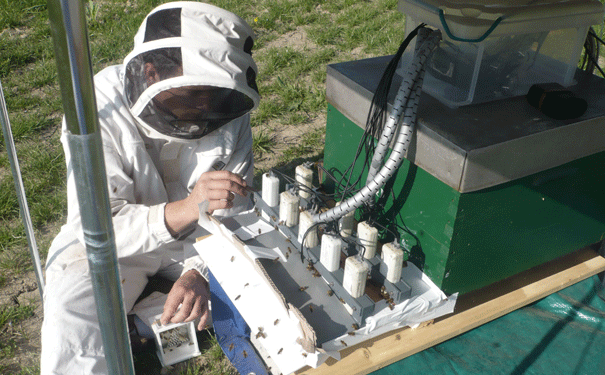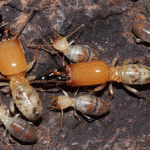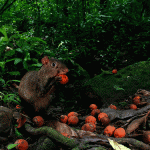
Bumblebee populations are also declining. Image: Shutterstock
Sublethal doses affect bees by impairing their ability to find their way home.
Two new studies from France and the UK have suggested that neonicotinoid insecticides may be wiping out bees by reducing the numbers of queens and affecting the workers’ ability to gather food.
Neonicotinoid insecticides get rid of pests by affecting their central nervous systems and have become one of the most widely used crop pesticides in the world since their introduction in the 1990s. Both studies, published in Science, have shown that they can spread to nectar and pollen of flowering crops and affect bees.
It isn’t just honeybee populations that are plummeting; bumblebees have also been affected, according to Dave Goulson of The University of Stirling in the UK. “In North America, several bumblebee species which used to be common have more or less disappeared from the entire continent,” he said.
“In the U.K., three species have gone extinct.”
One effect of these insecticides on bumblebee colonies is that they don’t bring in as much food, according to researchers from the University of Stirling. By weighing the bees at the beginning and end of a six-week foraging period, they found that the treated colonies were eight to 12 per cent smaller than the control colonies.
The treated colonies also produced 85 per cent fewer queens, which would affect the establishment of new nests and the colony’s survival. “The use of neonicotinoid pesticides on flowering crops clearly poses a threat to their health, and urgently needs to be re-evaluated,” said Goulson.
Researchers from the French National Institute for Agricultural Research (INRA) focused on honeybees and found that exposure to the pesticide thiamethoxam impaired the bees’ homing ability. By tracking the bees with RFID microchips, they found that the bees were two to three times more likely to die away from their nests.

Collecting honeybees at the entrance of an RFID beehive. Image © Science/AAAS
The researchers then incorporated this data into a mathematical model that simulated population dynamics. The model predicted that populations affected by the pesticide would drop to a point from which it would be difficult to recover.
The doses the bees were given in both cases were sublethal. So while manufacturers keep pesticide doses below lethal limits, smaller doses may kill the bees indirectly.
This raises important issues for pesticide authorisation procedures, Mikaël Henry of INRA said. “So far, they mostly require manufacturers to ensure that doses encountered on the field do not kill bees, but they basically ignore the consequences of doses that do not kill them but may cause behavioural difficulties.”
Source: Eureka Alert






